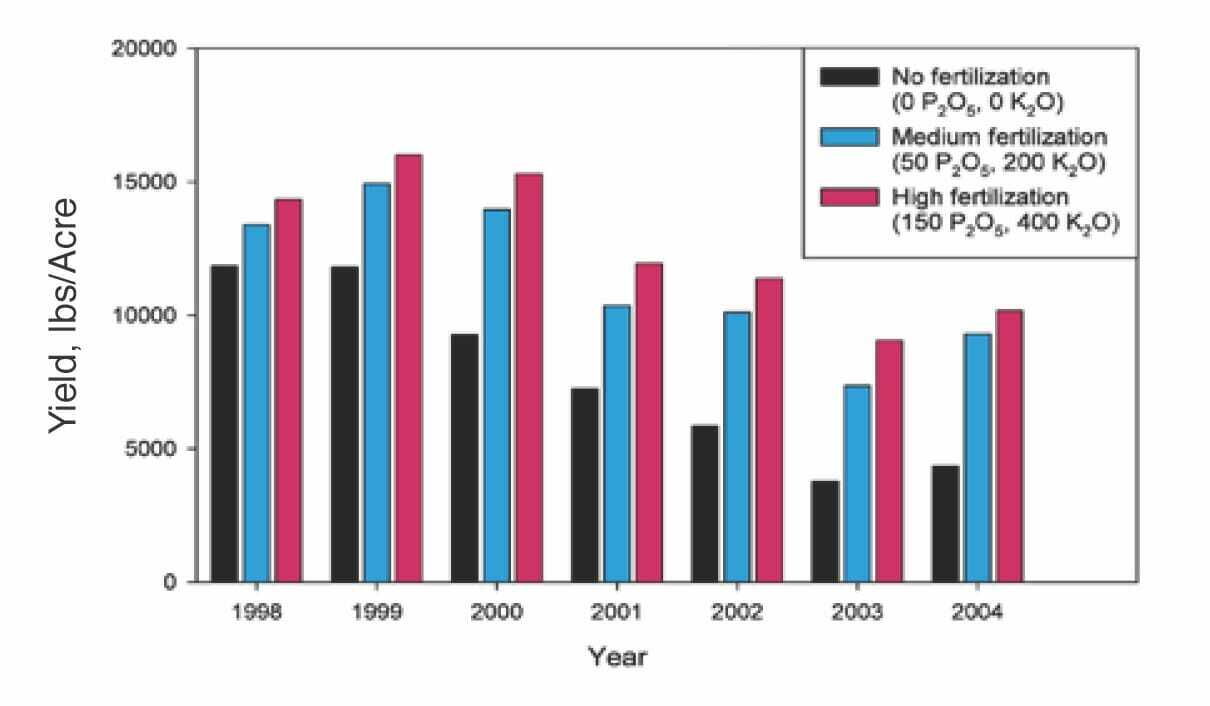Helpful Tools for Nutrient Planning
There are so many apps and tools at our disposal today, and you may have some favorites that are helpful to you. One such tool I reference is a crop nutrient removal application on my phone. The info can be helpful in many ways including revealing production-limiting factors leading to better product placement and fertilization.
The PlantCalc app displays a guideline based on crop being grown. Enter your yield goal and within seconds you have a list of the primary nutrient removal standards for that specific crop to help build your nutrient plan. We must be mindful that many nutrient removal guidelines focus only on the primary four to five nutrients. However, yield is comprised of a balance of 17 essential nutrients.
The USDA suggests daily food requirements (the food pyramid) for us as humans to keep our body in balance. Similarly, scientists have found that nutrients can impact yield as much as 60%. Yield is a complex matrix of which the delicate balance of the 17 essential plant nutrients is critical. Technology affords us the ability to look deep into the complex world of the living soil microbiome, unfolding long-held secrets about how it interacts with yield and quality. We have active research currently taking place to understand your unique soil microbiome, the interaction with nutrient management, and even more precise product placement to reduce disease and increase yield optimization. It’s very exciting research with more to come in the near future!
It’s no secret that each crop has a unique nutrient demand and those nutrient demands are affected by soil health and the cation-exchange capacity. There are evolving plant and soil management applications to assist in furthering a deeper understanding of this complex world. Latham’s Data ForwardSM certainly has gained a lot of favor in simplifying this. The graph below shows the impact of potassium fertilization on alfalfa. Proper fertilization of potassium and phosphorus fertilization not only adds yield each season, but it also maintains peak yield over the life of the stand.
At the end of the day, the mission should be to strike a balance of nutrient investment while leaving no yield in the field. My hopes are that you consider helpful tools for reminding us of the needed nutrients to fuel plants and forge the best yield and quality results each season.

